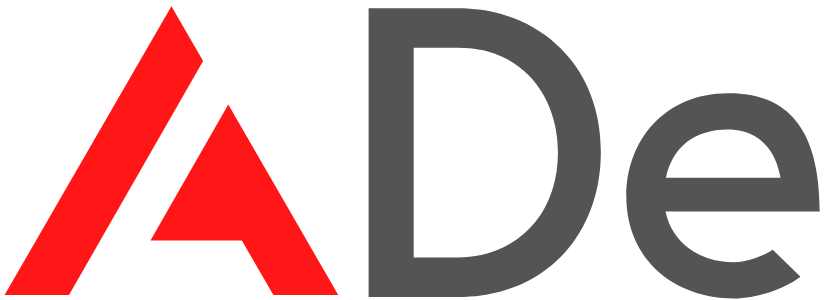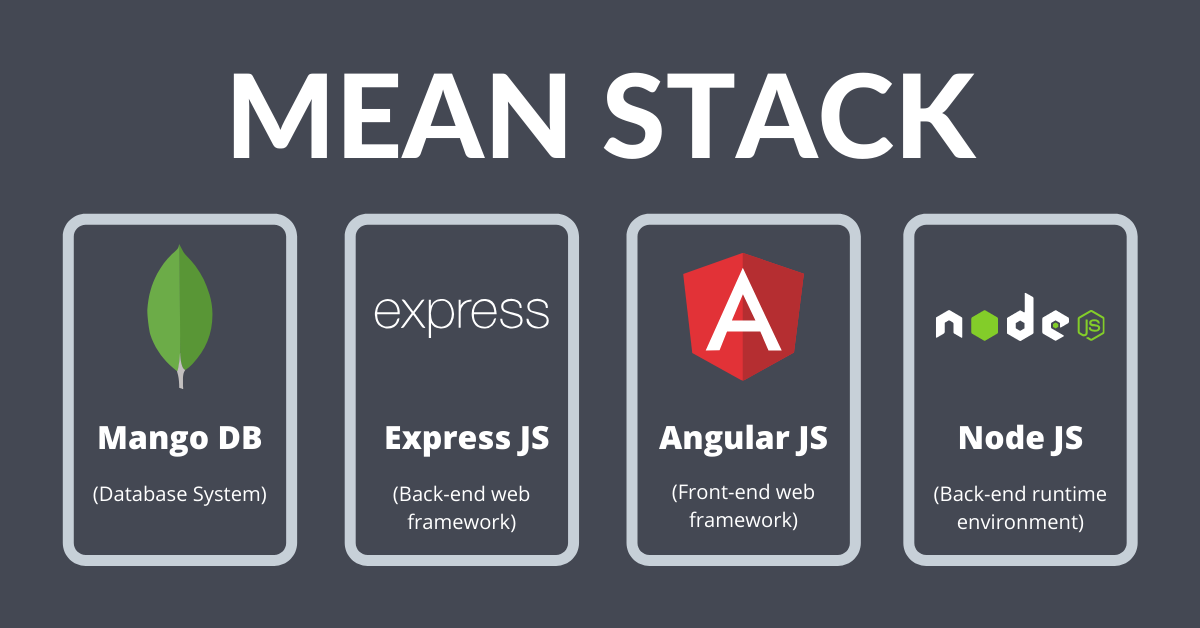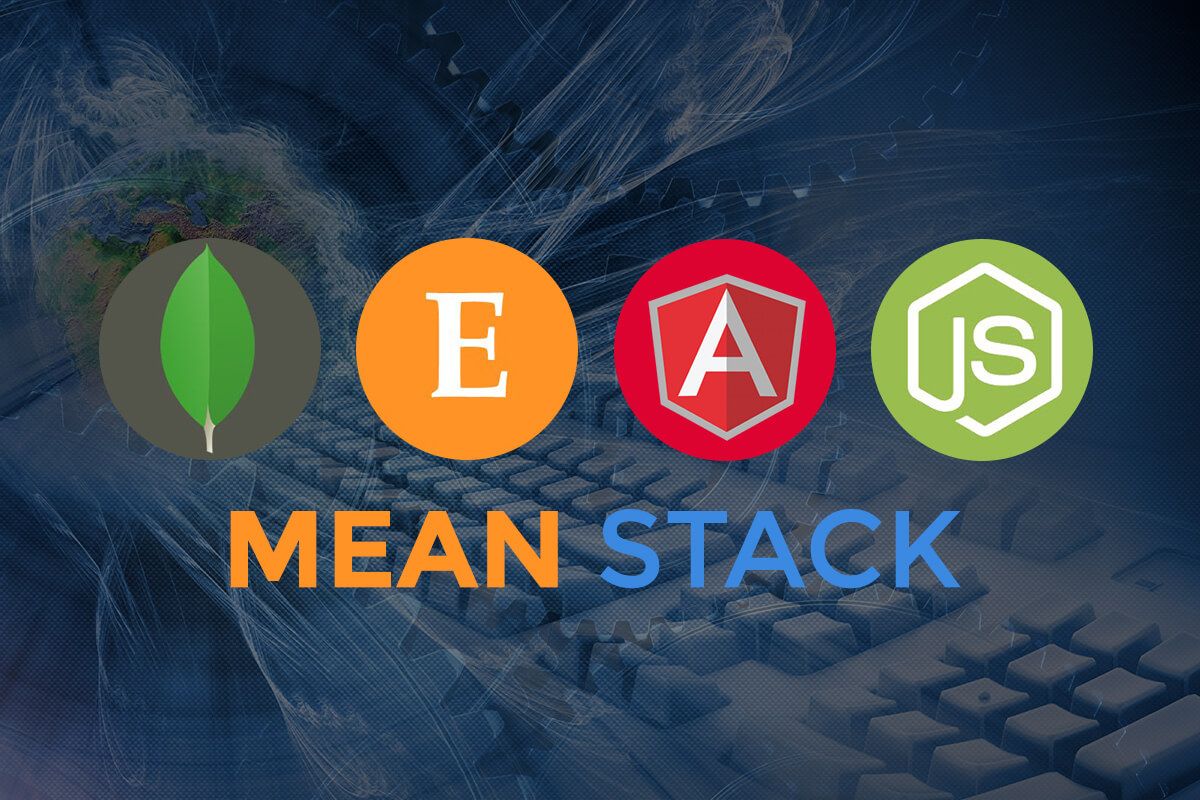Full-stack development is becoming increasingly important in the world of web development. A full-stack development solution gives the best front-end, back-end, testing, and mobile application solutions. The demand for a full-stack developer is skyrocketing in today’s environment. A full-stack developer may handle a project’s whole design structure. MEAN stack and MERN stack are two examples of full-stack development frameworks.
MEAN and MERN are both full-stack frameworks with components written in Java. The difference is that MEAN stack web development employs AngularJS, whereas MERN stack web development uses Facebook’s React JS. Both assist developers in creating responsive and intuitive user interfaces. To determine which stack is superior, we must first comprehend the fundamental differences between them.
Both pieces of technology have high-end features and extensive functionality. MERN has a little advantage in terms of a learning curve. Because the learning curves for Angular JS and React JS are different, MERN is easier to grasp.
One of the most appealing features of the MEAN stack is that the entire code is written in JavaScript. As a result, it is simple for newcomers to explore and learn. Its unified services can also save development time and costs in half. The MEAN stack is made up of several supporting libraries and reusable modules that work together to create a scalable minimum viable product.
MERN stack is a framework for creating premium-quality web pages. It, like the MEAN stack, is made up of four frameworks: MongoDB, Express.js, React, and Node.js. It makes use of libraries, databases, and frameworks to create online programs. The MERN stack ensures a quick and painless development process. In the development market, the MERN stack is gaining a lot of traction.
You must choose a popular tech stack, and your chances of hiring an experienced MEAN stack development company or MERN stack development company improve if you choose the correct stack, as more developers are likely to be familiar with it. The popularity of Angular vs. React encourages the popularity of MEAN vs. MERN stacks, respectively. Although Angular is well-known, React is now outperforming it.
According to the HackerRank Developer Skills Report for 2020, 32.3 percent of developers wanted to study React in 2020, making it extremely popular. Angular’s share of the market has dropped to 27.6%, indicating that React is growing more popular than Angular. The 2019 StackOverflow Developer Survey report backs up the notion that React is gaining popularity. React is preferred by nearly 74.5 percent of developers, according to this research. Angular has a similar percentage of 57.6%.
Aside from the benefits supplied by both stacks, there are some differences between them. Let’s get right to the point to wrap things up!
Learning Curve:
Node.js, MongoDB, and Express.js are all widely used and have extensive documentation. The learning curves for MEAN and MERN appear to be identical. Regardless, the learning curve for React and Angular will differ.
Templates and Typescript are used in the Angular framework. With Angular, you may find a steeper learning curve, whereas, with React, there isn’t much of one.
Long-Term Maintenance and Improvement:
Both React and Angular are extremely popular. However, as React grows in popularity, it will become easier to find React developers in the future. Consider using the MERN stack if you have a huge pipeline of app improvement work and expect considerable long-term maintenance demands. You may avail of MERN stack development services for the same.
Third-Party Support:
Another important consideration when developing enterprise-level apps is the use of third-party libraries. MEAN includes Angular, which offers built-in functionality for HTTP calls and integration with the back end. Alternative libraries for bringing incomparable features are available in ReactJS. MEAN handles third-party extensions with a plug-and-play approach, whereas MERN requires additional setups.
Profitability:
Because both MERN and MEAN stacks use Node.js, Express.js, and MongoDB, a profitability comparison between the two would expose the difference between React and Angular.
Because Angular is a comprehensive framework, it is more profitable. In most cases, you’d leverage React-related third-party libraries to improve designer productivity.
Data Flow:
In the case of Angular, the data flow is bidirectional, which means that if you change the UI, it automatically changes the model state. In the case of React, data flow is one-way only. So, if you’re using React, you can only change the UI after changing the model state. The unidirectional data binding of React allows for a better data overview, which aids in the management of large projects. As a result, the MERN stack is better suited to large projects.
Managing and Upgrading the Code:
Using Angular, the MEAN stack makes it easier to manage and upgrade your code. Angular can help the MVC architecture by being a well-organized and full framework. Using an intermediate layer, you can easily isolate database-related code from UI-related code, making it easier to manage and upgrade your code. Due to the inclusion of third-party libraries, managing and upgrading the React code requires additional effort.
Mobile App Development:
Angular provides the Ionic framework for mobile app development, which allows you to create hybrid mobile applications. Because you just have one codebase for both iOS and Android platforms, these apps keep development costs low. Hybrid applications, on the other hand, fall short of the native user experience.
CRUD Apps:
The MERN stack makes it simple to build a CRUD (Create, Read, Update, and Delete) app from start to finish. The use of React allows for quick data changes and a nice user interface. MERN is an excellent framework for creating a mobile app or a single-page app.
Testing:
An angular app tester’s experience differs from that of a React app tester’s. In general, this will influence your choice between the MEAN and MERN stacks. You can simply test an Angular project with just one tool, such as Jasmine. This is not the case with a React app, which will necessitate the use of numerous technologies. To test the JS code, you’ll need to use a tool like Jest, and to test the elements; you’ll need to use a tool like Enzyme. To know more about this, you must avail of MEAN stack development services.
The close competition between the MEAN and MERN stacks makes it difficult to pick between the two or justify both. Both technologies, after all, have best-in-class functionality and capabilities. So, to create a dynamic app, use the MEAN or MERN stack based on your company’s needs.


